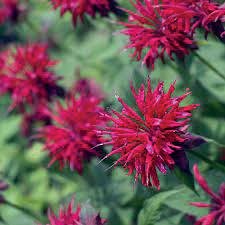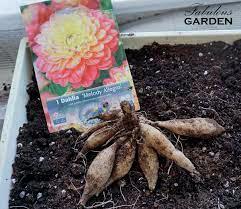
1 minute read
April Gardening Tasks
It’s spring and things are really hotting up in the garden with sowing, planting, and weeding all well underway. Dont forget the work now starts on the lawns too. So get out in the fresh air there is lots to do.
How to Prune Hydrangea
Advertisement
Most hydrangeas are pruned in spring, their flower heads having been left on over winter to protect the buds beneath. Climbing hydrangeas are the exception to this rule – they are pruned in summer, after flowering.
Pruning prevents hydrangeas becoming woody and congested, and channels the plants’ energy into producing strong growth and large blooms. After pruning, mulch the plant with well rotted manure or compost.
Hydrangea macrophylla, Hydrangea aspera, Hydrangea serrata and Hydrangea quercifolia are lightly pruned by cutting back the old flower heads to a pair of buds below. Hydrangea paniculata and Hydrangea aborescens can be cut back harder.
If you’re not sure which type of hydrangea you have, it’s best just to deadhead it and observe how it grows. If you notice that it produces flowers on this year’s growth, you can prune it harder next year.
Sowing Seeds
This spectacular perennial, Monarda didyma ‘Cambridge Scarlet’. Keep the soil moist and cover the seeds to stop them drying out. Pot up the seedlings when large enough to handle, then plant out in full sun or partial shade. Brilliant red flowers will be a real show stopper when in bloom.

Several types of poppy can be grown from seed, including orange California poppies (Eschscholzia californica), field poppies (Papaver rhoeas) and larger opium poppies (Papaver somniferum). They can all be sown from March to May, for flowers in summer and autumn.
Plant Dahlia Tubers
Bringing dahlias in for the winter doesn’t just protect them against frost. It also allows them to dry out properly, and helps you bring them on a bit earlier. They’re now ready to be planted. Give tubers a sprinkling of water in early spring, and they’ll start to produce young shoots in April. Discard any tubers that look diseased or damaged. Dig a planting hole, making sure it isn’t too deep. The shoots are still delicate, and you don’t want to damage them. Gently pour coarse sand over the tubers; this prevents them from rotting and it’s also a great slug repellent. Backfill with soil and add a ring of sand to mark the planting spot. It’s also another useful means of combating those pesky slugs and snails. Write labels for each dahlia cultivar and place them correctly next to each plant; a foolproof way to remember what you’ve planted in a few months’ time.












